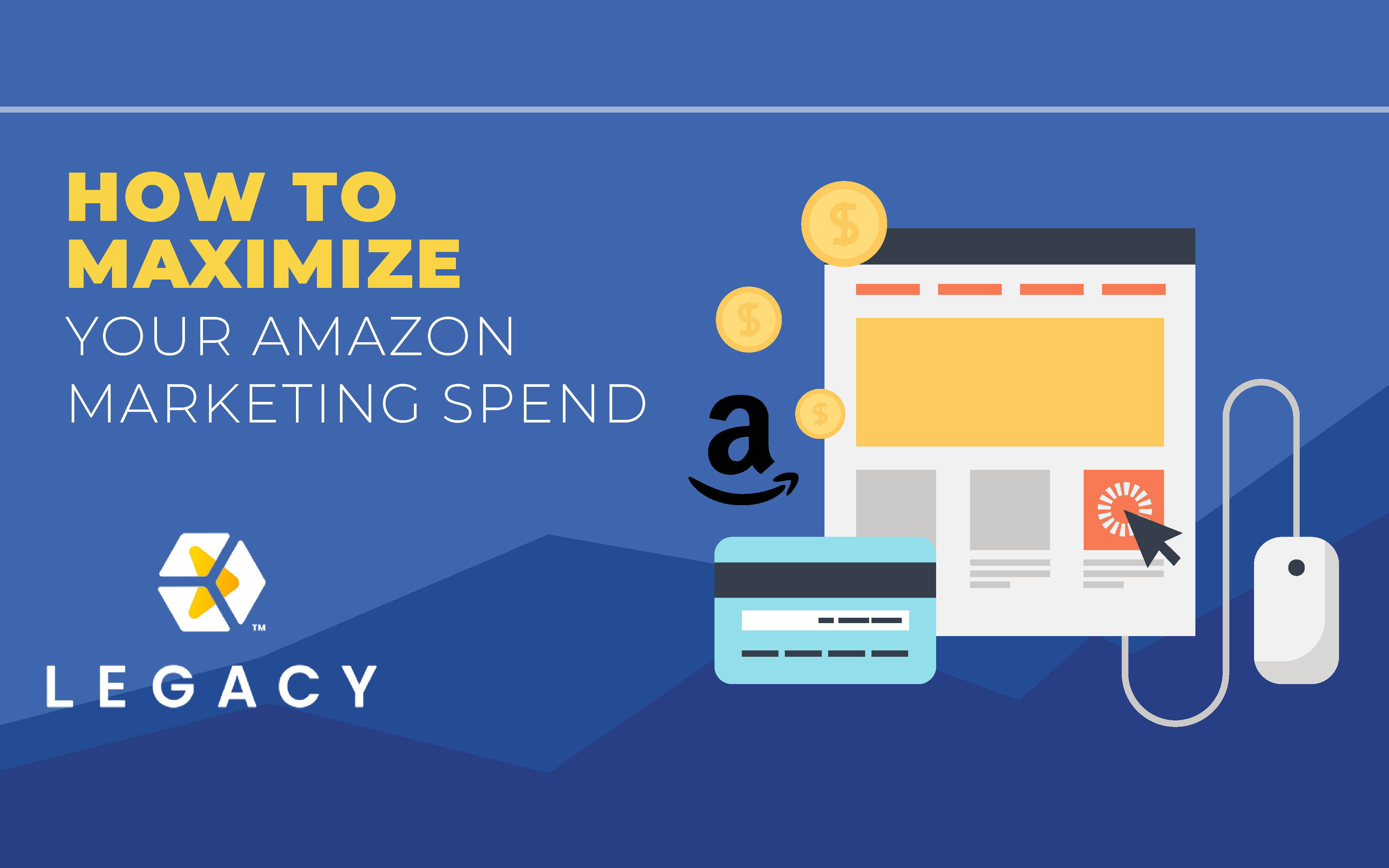The answer to success with Amazon? As always, it depends. Maximizing advertising spend on Amazon will vary from brand to brand depending on their profit margin requirements, ability to invest in brand awareness and history on Amazon. In addition, unexpected challenges such as product ineligibility, lost buy boxes, and limited search placements can easily derail a “perfect” marketing strategy; maximizing advertising spend always requires a custom solution.
What to Consider
Maximizing spend starts with defining clear goals. A brand’s goals will typically revolve around improving one or more of the following KPIs:
Search Ranking – most customers do not scroll beyond the first search results page. When using a mobile device, customers are even more likely to only scroll through the first few products, which are often paid advertisement placements with a few organic placements integrated. The further back within your ad’s search results, the more inexpensive the placement will be – however, these placements will drive significantly less traffic than investing in top search placement. A variety of tools are available to marketers to improve an ad’s search ranking:
- Bid automation – third-party tools and AMS’s integrated bidding automation allow marketers to trigger a bid “boost” if their ad may be eligible for a higher ranking.
- Amazon’s reporting also contains a “top of search” metric to help marketers track changes in search ranking as bids are adjusted.
Likelihood of Conversion – most marketers are also avid shoppers, so put yourself in a customer’s shoes – would you have the information needed to make a purchase decision? Consider the price point compared to other similar products, the content description, the imagery – common sense rules all, and a thorough check of the customer experience can prevent funneling ad spend into products with a low likelihood of converting to a sale. Bidding automation can also help here – bids can be automated with a boost if a product is more likely to convert; alternatively, you can lower a bid if an ad is less likely to convert.
Net Profit Margin – not all products should be advertised equally (or at all). However, establishing a product portfolio’s top products based on net profit margin can provide a clear path for growth. It’s better to advertise a few products with a healthy profit margin against a limited set of high-converting keywords than to advertise an entire portfolio against many keywords with low bids and a poor likelihood of conversion.
Campaign Architecture Granularity – consider future optimizations when constructing campaigns. Utilizing granularity with single ASIN ad groups and campaigns separated by targeting strategy can allow for better, more customized optimizations. Additionally, regularly monitoring data across various ad types and reacting with bid changes, keyword adjustments, etc., is invaluable for efficiently using every dollar.
Overall, effective planning is the first step to maximizing advertising spend – before implementing a marketing strategy, examine the portfolio’s product assortment, prioritize items with the best profit margins, and plan a highly granular campaign architecture that allows for more easily customized optimizations. Finally, establish a few KPIs to benchmark towards to measure your continued success.




